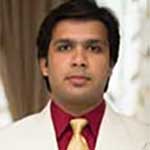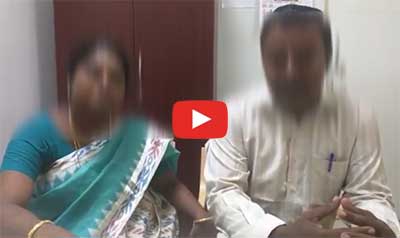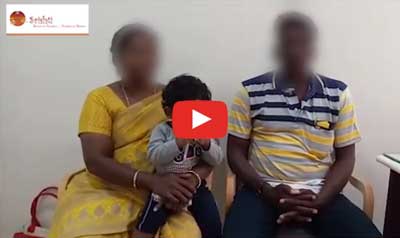Hysteroscopic Synechiolysis
Menstrual abnormalities, infertilities and pregnancy loss or miscarriage can be induced by a number of reasons. One of the common causes of these have recently emerged to be intra-uterine adhesions or IUA. It is the partial or complete obliteration of the uterine cavity due to adhesions. It must be noted that research have indicated that IUA have increased quite exponentially in the last 20 years. IUA can be defined as scars that are caused on the uterine lining due to some kind of trauma. The cause of this is in a steady rise in the recent decade and it has prompted doctors to study it more thoroughly.
Previously, hysteroscopy was performed under general anesthesia using a spinal needle placed parallel to the hysteroscope in order to perform the synechiolysis. By injecting a radiographic contrast medium the procedure was performed on a patient. The image was then observed using an image intensifier. High dose of estrogen therapy, in a cyclic manner, is used as stimulation for endometrial proliferation. And repetitive procedures of the same were performed in order to regrow the endometrium.
Most of the women, who suffer from this condition, show signs of infertility and are unable to bear children. So in most cases than not, this procedure becomes imperative to treat the condition and the abnormality, under the advice of the doctor.
However, surgery is the only treatment and it involves the removal of these adhesive bands. They are divided and then removed and it is generally done under hysteroscopic guidance. It has proved to be a successful treatment options as most patients are able to conceive well, after the procedure has been conducted on them.
The procedure of hysteroscopic synechiolysis
The procedure follows a common pattern where,
- A hysteroscope is inserted into the uterus through the vagina.
- The cavity of the uterus is distended with liquid and then the uterus is visualized on a projected screen.
- The adhesive bands are divided for extraction using sharp scissors.
- As an ideal procedure, the division of the bands is carried out under vision , so that no healthy endometrium is damaged in the process.
There is also an alternate method, where the adhesions are carried out using an instrument which is known as resectoscope. A loop of energy source is often useful to divide the adhesions. The band can easily be divided using this method. A fiber optic laser is used to treat the intrauterine adhesions and even divide them as well. The usage of the procedure which suits well, depends completely on the doctor, the availability of the resources and the condition of the patient.
Hysteroscopic treatments can be achieved in just a single sitting and the procedure may take just 5 to 10 minutes. After the procedure normalcy in menstruation is restored in almost all of the patients. However, since it is a new method the treatment of infertility using this procedure should be handed to a trusted clinic facility and an experienced doctor. So consult a well established doctor before embarking on the procedure.










